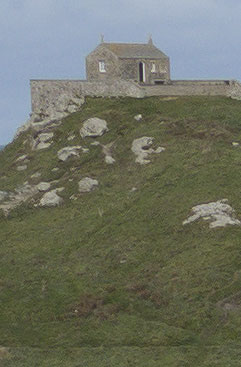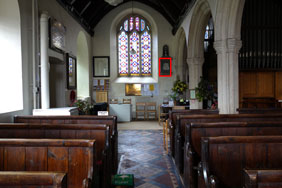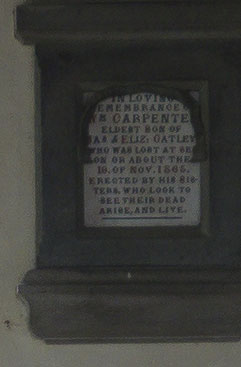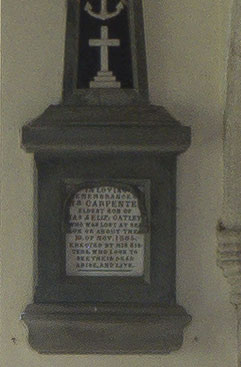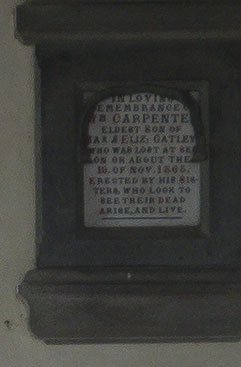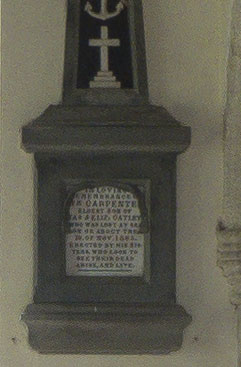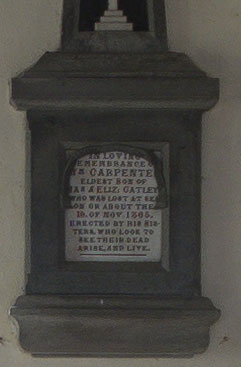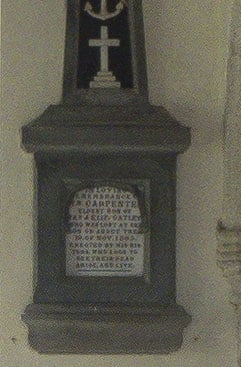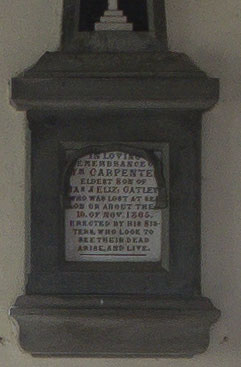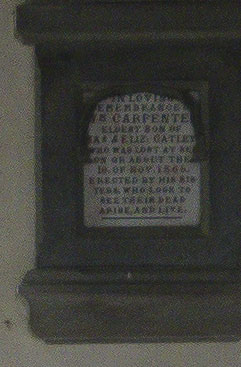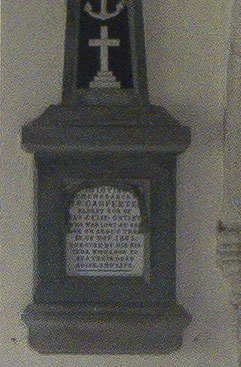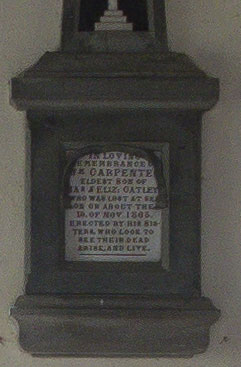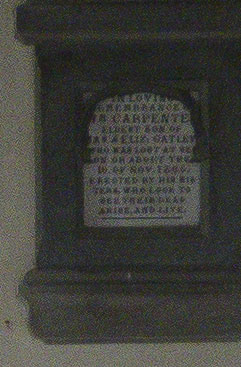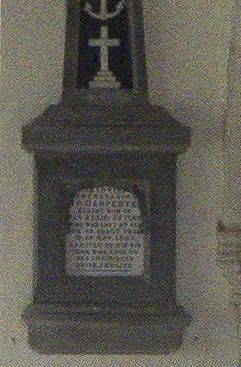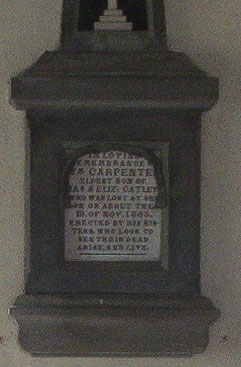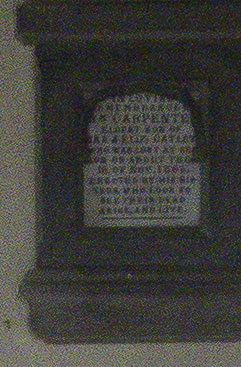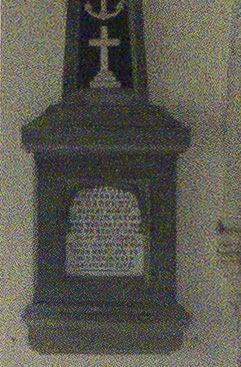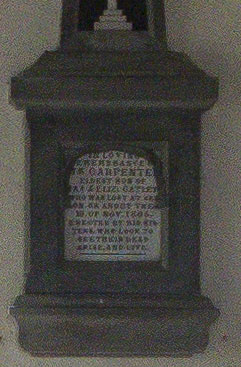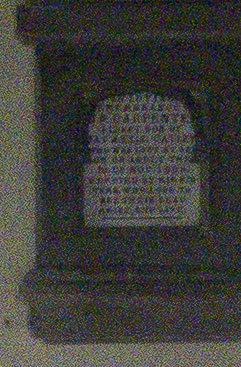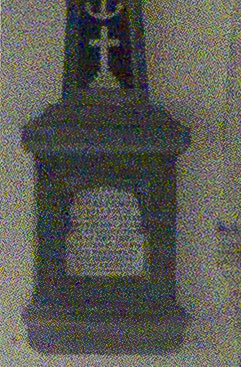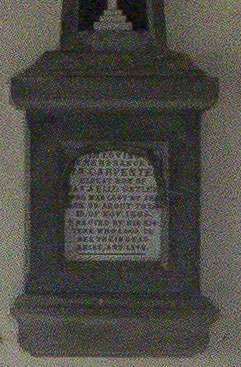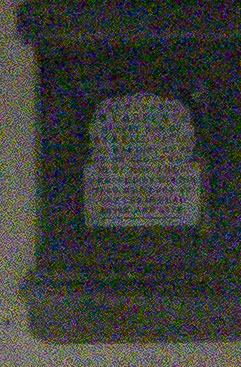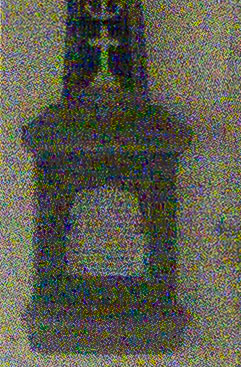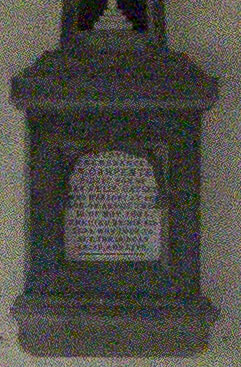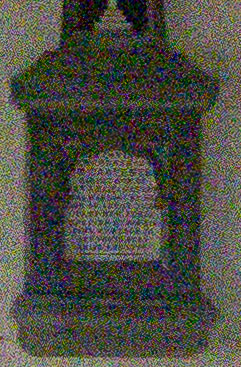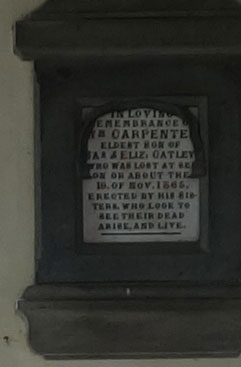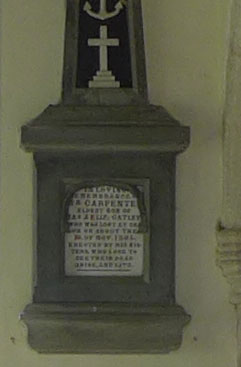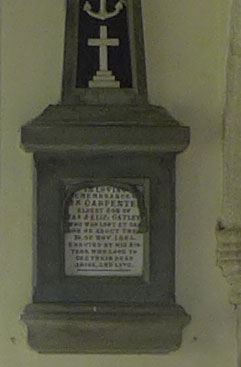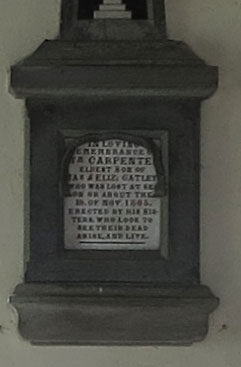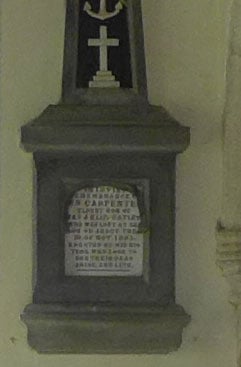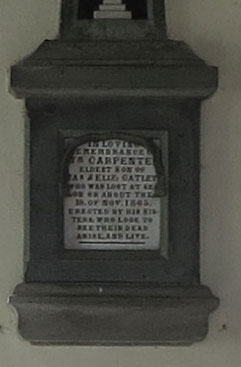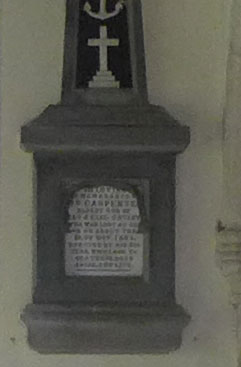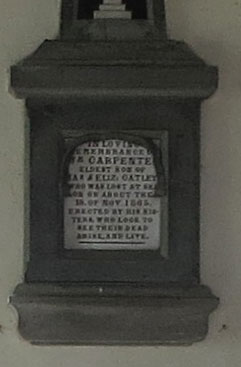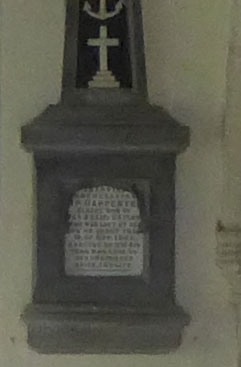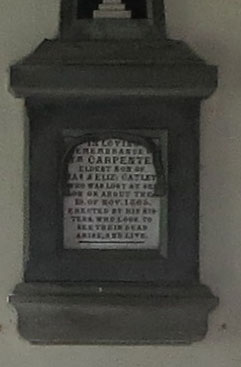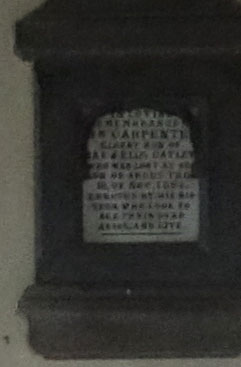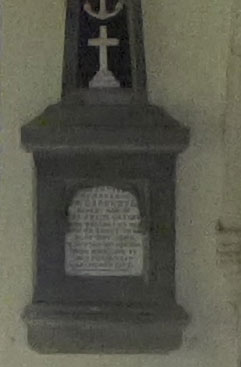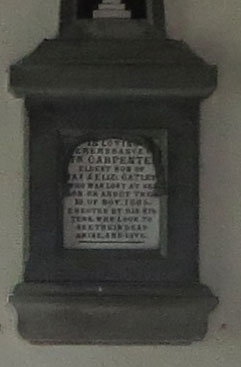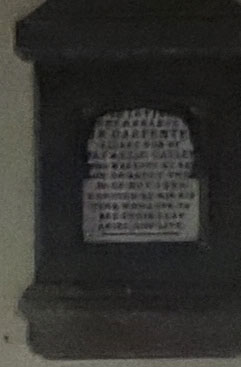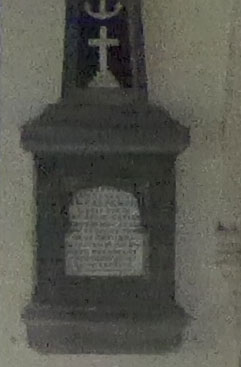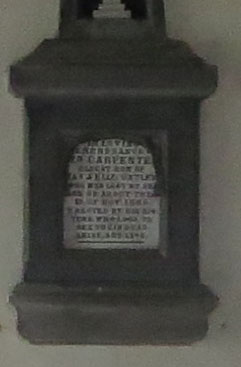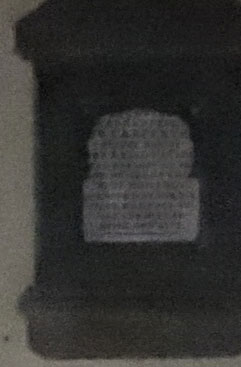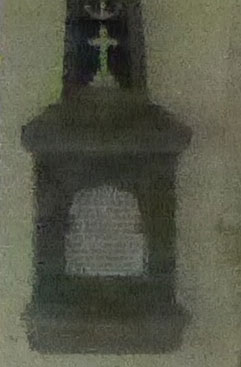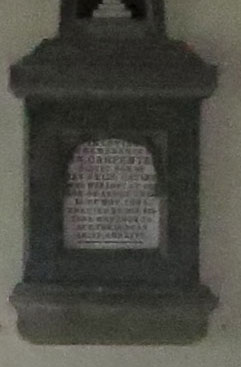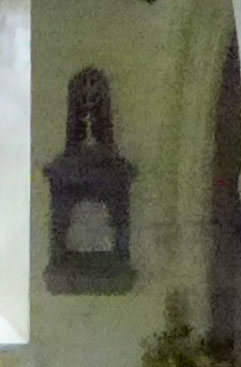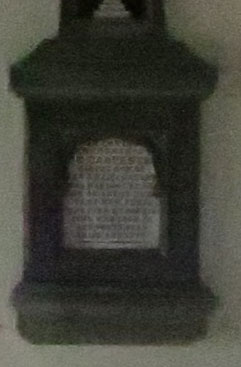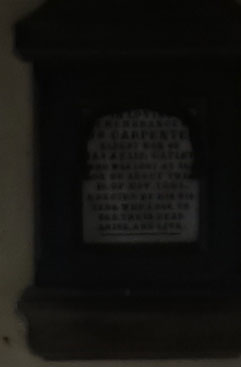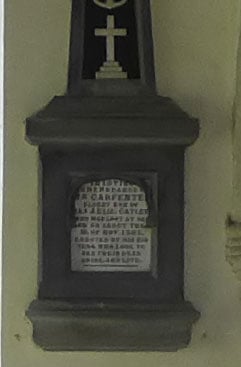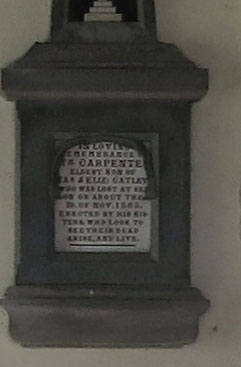Sony Cyber-shot RX100 review
-
-
Written by Ken McMahon
Quality
Sony RX100 vs Panasonic LX7 vs Canon G1 X
The image above was taken with the Sony Cyber-shot RX100. The camera was set to Aperture priority mode with the aperture set to f5.6 and the sensitivity to 80 ISO. The Cyber-shot RX100 metered an exposure of 1/400 at f5.6. I selected f5.6 as it delivered the most detailed result for the RX100 under these conditions. The sharpest result for the PowerShot G1 X was also at f5.6 and it metered the same exposure at 100 ISO. For the Panasonic Lumix LX7 the best result was obtained at f4 with the same exposure, in this case 1/800 at f4. The size of the detail in the crops reflects the different sensor resolutions – in ascending order of size are the 10.1 Megapixel Lumix LX7, followed by the 14.1 Megapixel PowerShot G1 X and finally the 20.2 Megapixel Cyber-shot RX100. With the highest resolution (but not the biggest physical size) sensor, the Sony RX100 crops show the smallest area with the largest detail. Bigger doesn’t always mean more detailed, but in the case of the RX100 crops you can actually see more detail than in the crops from the Lumix LX7 and the PowerShot G1 X. Starting at the top, you can make out detail in the stonework of the chapel walls and you can just about see the panels in the window on the end wall. The grassy hill in the foreground of this crop is textured, but that’s not noise, it’s real image detail. In the lighhouse crop you can see the lamp house as distinct from the rest of the column, a level of detail that you’d never expect to see resolved on a compact with a smaller sensor, even a high resolution one. The detail in the third crop from close to the frame edge is a little softer, but there’s no sign of chromatic aberration or other distortion. But the final crop, from close to the centre of the frame is the most impressive. The edges are crisp and the level of fine detail is outstanding. You can clearly make out the individual balcony rails, but the RX100’s lens and sensor’s resolving power are most clearly demonstrated by the fine detail in the foreground of this crop where you can easily make out the individual tiles on the roofs of the two buidings. Compared with the results from the Panasonic Lumix LX7, there isn’t a huge difference in quality. The LX7 crops are also of a very high standard with low noise, crisp edges and a good level of detail. The major difference is that the higher resolution 20.2 Megapixel sensor in the RX100 is able to resolve more detail. There’s more detail in the chapel in the first crop and you can make out the lamp room in the lighthouse as a distinct element. The roof tiles in the foreground of the second and fourth crops – detail too small to be resolved by the 10.1 Megapixel sensor of the Lumix LX7 provides no problems for the RX100. It’s the same, but to a lesser degree for the 14.1 Megapixel sensor of the Canon PowerShot G1 X. Canon’s slightly more aggressive processing makes for a slighty more contrasty, grainier appearance. 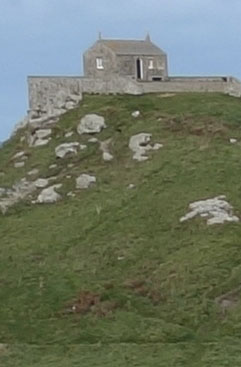 Check out my RX100 RAW Quality results on the next page or see how these models compare at higher sensitivities in my RX100 Noise results. | |||||||||||||||||||
Sony Cyber-shot RX100 | Panasonic Lumix LX7 | Canon PowerShot G1 X | ||
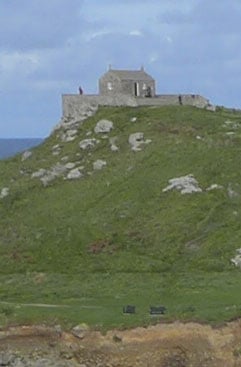 | 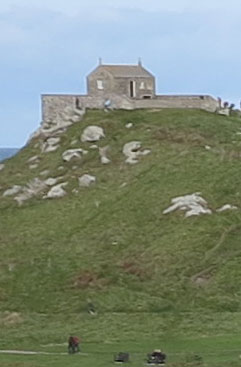 | |||
f5.6, 80 ISO | f4, 80 ISO | f5.6, 100 ISO | ||
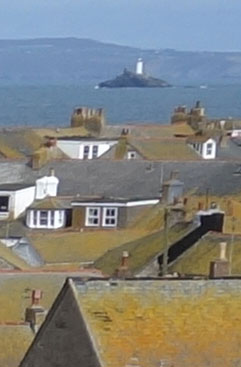 | 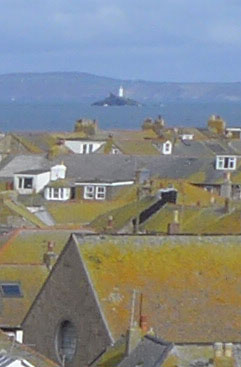 | 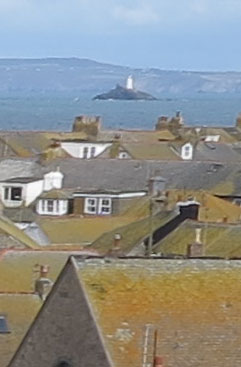 | ||
f5.6, 80 ISO | f4, 80 ISO | f5.6, 100 ISO | ||
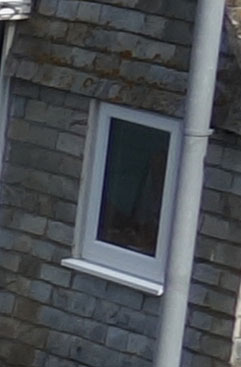 | 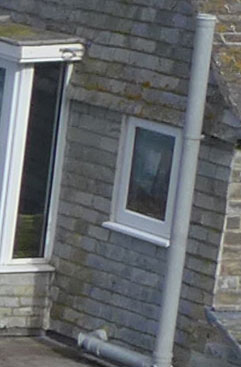 | 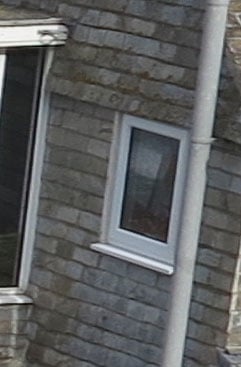 | ||
f5.6, 80 ISO | f4, 80 ISO | f5.6, 100 ISO | ||
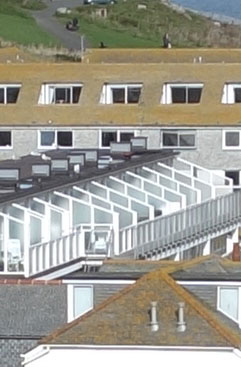 | 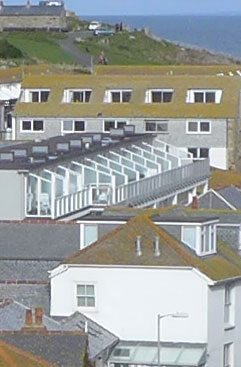 | 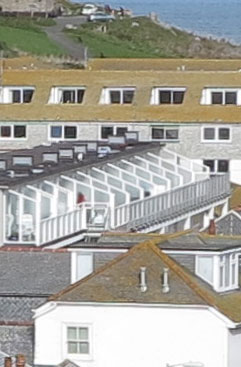 | ||
f5.6, 80 ISO | f4, 80 ISO | f5.6, 100 ISO |
Sony RX100 vs Panasonic LX7 vs Canon G1 X RAW Quality
|
Sony Cyber-shot RX100 (RAW using Adobe Camera RAW) | Panasonic Lumix LX7 (RAW using Adobe Camera RAW) | Canon PowerShot G1 X (RAW using Adobe Camera RAW) | ||
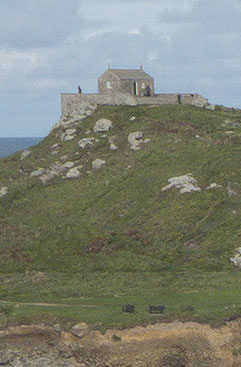 | 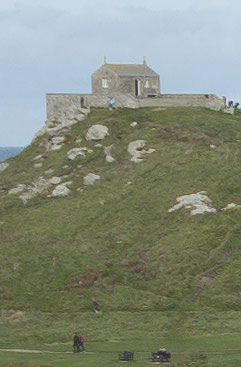 | |||
f5.6, 80 ISO | f4, 80 ISO | f5.6, 100 ISO | ||
 | 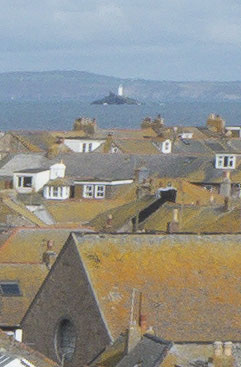 |  | ||
f5.6, 80 ISO | f4, 80 ISO | f5.6, 100 ISO | ||
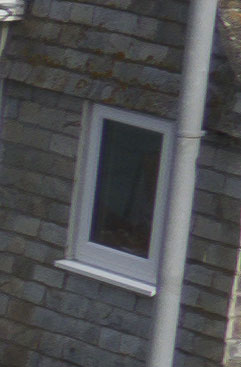 | 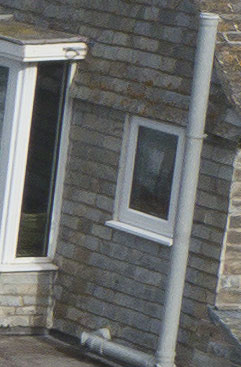 | 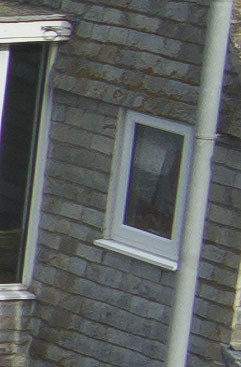 | ||
f5.6, 80 ISO | f4, 80 ISO | f5.6, 100 ISO | ||
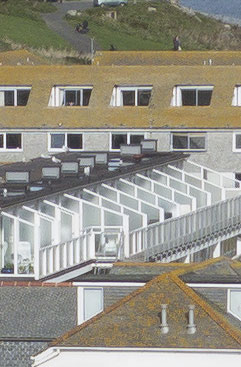 | 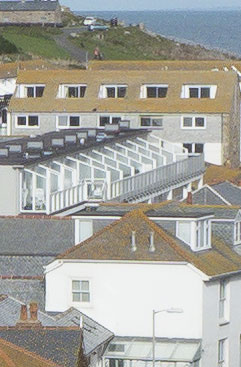 | 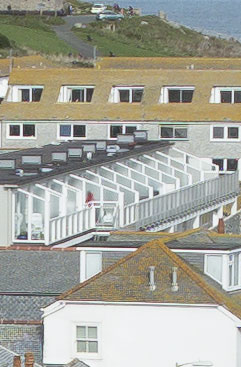 | ||
f5.6, 80 ISO | f4, 80 ISO | f5.6, 100 ISO |
Sony RX100 vs Panasonic LX7 vs Canon G1 X RAW noise
The RAW files were processed in Adobe Camera RAW using identical settings: Sharpening at 70 / 0.5 / 36 / 10, Luminance and Colour Noise Reduction both set to zero, and the Process to 2012 with the Adobe Standard profile. These settings were chosen to reveal the differences in sensor quality and isolate them from in-camera processing. The high degree of sharpening with a small radius enhances the finest details without causing undesirable artefacts, while the zero noise reduction unveils what’s really going on behind the scenes – as such the visible noise levels will be much higher than you’re used to seeing in many of my comparisons, but again it’s an approach that’s designed to show the actual detail that’s being recorded before you start work on processing and cleaning it up if desired. With no noise reduction applied, the crops for the RX100 look reasonably noise free at the base 80 ISO setting and at the slightly higher 100 ISO mark. At 200 ISO there’s some visible graininess overall and at 400 ISO you can begin to see some colour noise as well. But these crops are designed to show how the sensor handles noise when the in-camera processing is not there to do its job. In a sense this is what the camera has to work with to produce the result you see in the in-camera JPEG, and, up to 400 ISO at least, it doesn’t have to do a huge amount of work. At 800 ISO though, both the brightness and colour noise are becoming quite severe and it’s credit to Sony’s software engineering that they can pull a clean and detailed JPEG image from this fairly noisy data. At 1600 ISO the job of sorting the wheat from the chaff – the real image data from noise – without compromising image quality becomes a great deal more difficult and this is where you begin to see clumping and edge detail breaking up on the JPEGs. At the higher ISO settings colour noise is as much of a problem as luminance noise, if not more so, but even at 3200 ISO there’s still a good deal of fine detail in the crop and the text is still just about readable. From a comparative standpoint, you’d expect the RX100’s larger sensor to produce a better result than the Panasonic Lumix LX7 and you’d be correct. The LX7 starts off well, but even at 200 ISO it’s showing marginally more noise than the RX100 and by 1600 ISO I’d say there’s about a stop difference between them. So despite it’s higher resolution, the RX100’s larger sensor maintains its noise performance advantage. Bear in mind the caveat I mentioned on the High ISO noise page, though. The LX7 has a brighter lens, so when zoomed in you’d need to shoot at 400 ISO on the RX100 when shooting at 100 ISO on the LX7. Finally, the Canon PowerShot G1 X has a larger sensor than the RX100 and, at 14.3 Megapixels a lower resolution too. In this case, there’s no arguing with the Physics and from a comparison of these 100 percent crops the G1 X exhibits lower noise throughout the range. Now head over to my Sony RX100 sample images to see some more real-life shots in a variety of conditions.
|
Sony RX100 vs Panasonic LX7 vs Canon G1 X noise
The above shot was taken with the Sony Cyber-shot RX100 in Aperture priority mode with the lens set to its maximum 28mm wide angle position. 80 ISO was selected and at f4 the camera metered an exposure of half a second. The original file measured 5.43MB and the crops are taken from the area marked by the red rectangle. With a sensor size significantly larger than traditional compacts you’d expect the Sony RX100 to perform impressively in comparison with point-and-shot models, but its 1in sensor is smaller than Micro four thirds and APS-C sensors found in consumer system cameras plus it has a high 20.2 Megapixel resolution. When you put all those factors together how do they add up in terms of overall noise performance? At the lower ISO ratings the RX100 crops look very clean with little evidence of noise and high levels of detail. The 100 ISO crop doesn’t look a great deal different to the 80 ISO one. The 200 ISO crop is also very impressive, there may be a tiny bit more texture in here, but you have to look very closely to find it. At 400 ISO there’s definitely some texture, but it’s still minimal and even at 800 ISO the text is only just beginning to look a little granular round the edges. For a 20.2 Megapixel sensor the Sony RX100 is doing impressively well up to this point. At 1600 ISO the noise is beginning to affect not only the small detail, the edges are not as solid as they were. The grain is uniform and pleasantly organic looking though. Noise levels are only one part of the story and RX100’s processing succeeds in keeping the noise to a minimum without adversely affecting the image detail. At 3200 ISO things are starting to look very patchy, but the text on the memorial panel retains some legibility and at smaller sizes this doesn’t look bad at all. At 3200 and 6400 ISO there are small drops in colour saturation and, as you can see from the 6400 ISO crop not much fine or medium detail is unaffected. Overall, this is an excellent result for the RX100 showing that’s it is possible to squeeze very good noise perfomance from a high resolution sensor of this size throughout the ISO sensitivity range. Compared with the Panasonic Lumix LX7 there isn’t much in it at the lower sensitivites up to around 400 ISO, but the smaller sensor in the LX7 can’t match the RX100 and starts to fall behind from there on. At 3200 ISO I’d put the LX7 about a stop behind the RX100. But it’s the PowerShot G1X with the largest sensor area and lowest photosite density of the three that, perhaps unsurprisingly, is a clear winner in terms of high ISO noise performance. It is however important to note we’re comparing identical ISO values in the crops below, and this may not be reflective of how the cameras would compare under real life conditions. When all three cameras are zoomed out, they have maximum apertures of f1.4 for the LX7, f1.8 for the RX100 and f2.8 for the G1 X. If all three were taking the same photo under the same lighting conditions with the same shutter speed, then the LX7 could employ a lower ISO thanks to its brighter aperture. For example, when the LX7 is shooting at 100 ISO, the RX100 would need to use 160 ISO and the G1 X 400 ISO, again under the same conditions and shutter speed. Zoom all three to their maximum focal lengths and when the LX7 is shooting at 100 ISO, the RX100 is shooting at around 400 ISO and the G1 X at over 500 ISO, again under the same conditions and shutter speed. This two stop advantage over the G1 X pretty much throughout the focal range and over the RX100 when zoomed-in allows the LX7 to shoot with lower ISOs under the same conditions, so always take this into account when comparing their noise results. To be fair the Canon and Sony are capturing higher resolution images, which could always be downsampled to the LX7’s 10 Megapixels to reduce the size of their noise artefacts, but the important thing to remember is the noise advantage of a large sensor can be diminished by a slow lens. Returning to the results, the RX100 has Handheld Twilight mode which, like handheld Night Shot on the Lumix LX7 and Handheld Night Scene on the PowerShot G1 X sets the exposure and ISO sensitivity automatically, so it’s difficult to make comparisons other than to see what you’d get using this mode as opposed to one of the single shot high ISO options and to see how each camera deals with the same lighting conditions. I should point out here that the Cyber-shot RX100 also has Multi-Frame noise reduction that does allow manual setting of the ISO sensitivity. To see it action, scroll down to my Sony RX100 Multi-frame noise reduction results, or head over to my Sony RX100 RAW noise results to see how all three cameras compare in their RAW mdoes. Alternatively check out my Sony RX100 sample images to see some more real-life shots in a variety of conditions. The second table shows 100 percent crops from shots taken in Multi-Frame Noise Reduction mode compared with default JPEGs at the same ISO sensitivity. Multi-Frame Noise Reduction mode takes a fast burst of shots and composits them to produce a single image with less noise. As you can see from the crops, from about 400 ISO up the Multi-Frame Noise Reduction crops are a great improvement on the single frame shot with less noise and more detail, though they are slightly softer. It’s not for every subject, it won’t cope well with movement, but in situations like my church interior test location it’s ideal and has the added advantage of extending the sensitivity range to 25600 ISO. Though, to be fair, the quality of the last two crops shows a marked deterioration from the 6400 ISO setting.
|
Sony RX100 (JPEG using in-camera defaults | Sony RX100 (Multi-Frame Noise Reduction | |
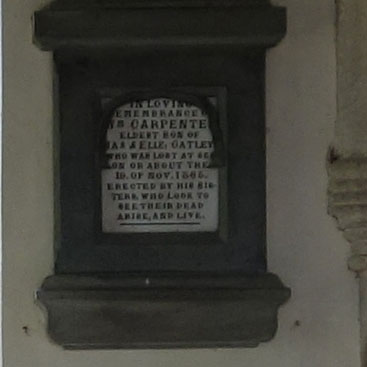 | 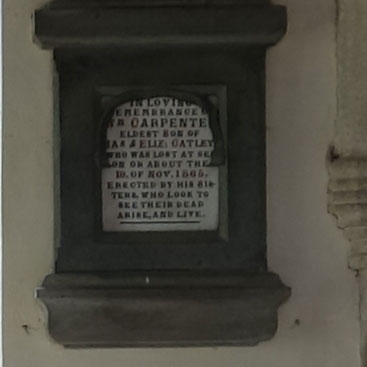 | |
200 ISO | 200 ISO | |
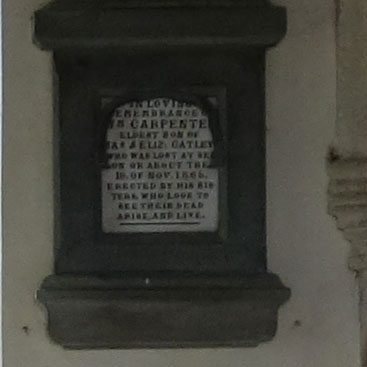 | 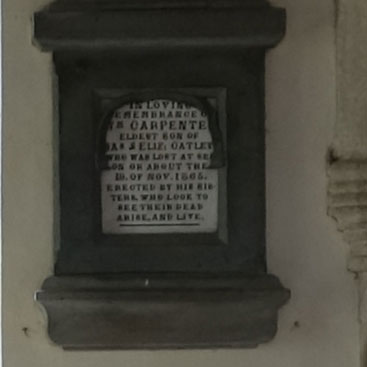 | |
400 ISO | 400 ISO | |
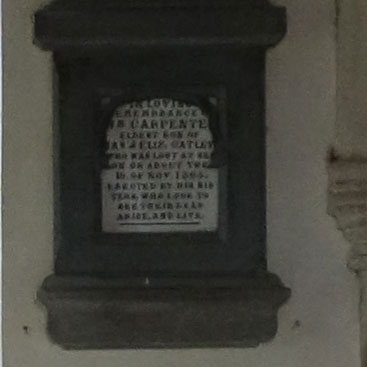 | 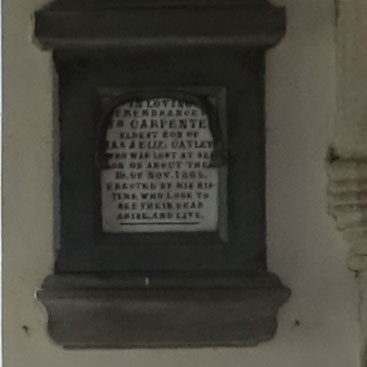 | |
800 ISO | 800 ISO | |
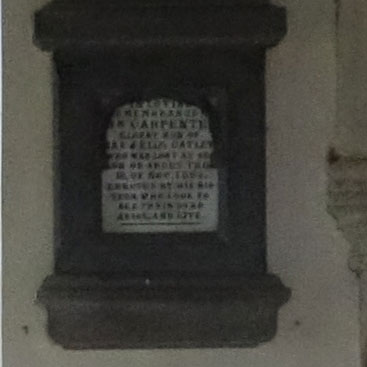 | 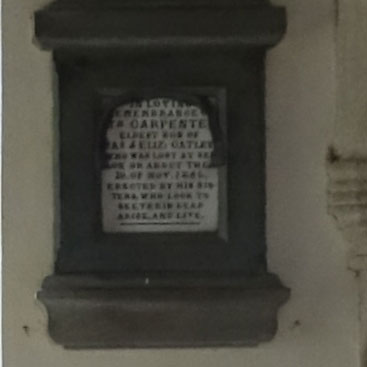 | |
1600 ISO | 1600 ISO | |
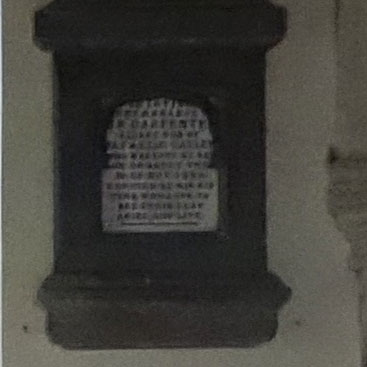 | 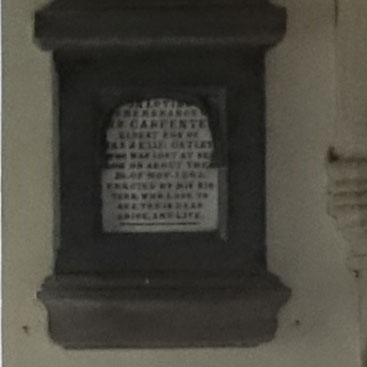 | |
3200 ISO | 3200 ISO | |
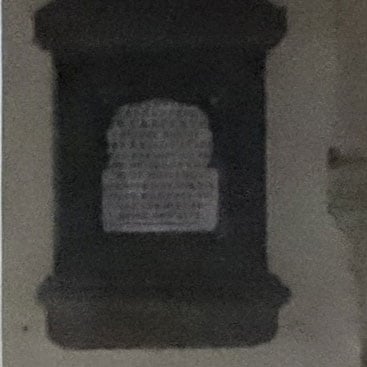 | 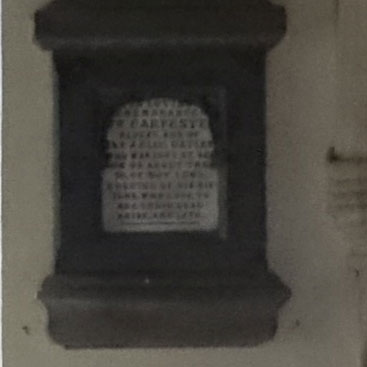 | |
6400 ISO | 6400 ISO | |
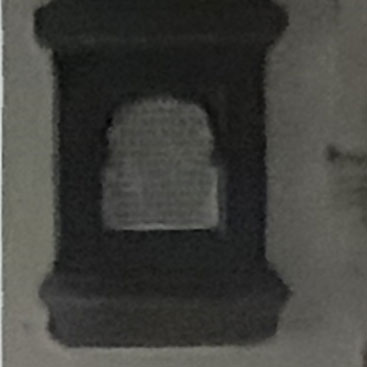 | ||
12800 ISO Not Available | 12800 ISO | |
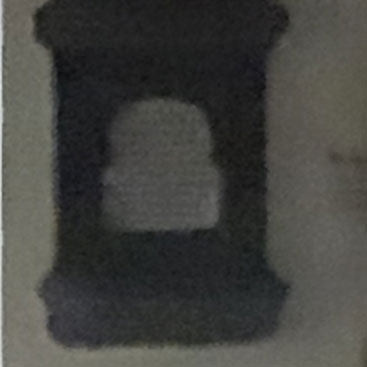 | ||
25600 ISO Not Available | 25600 ISO |
